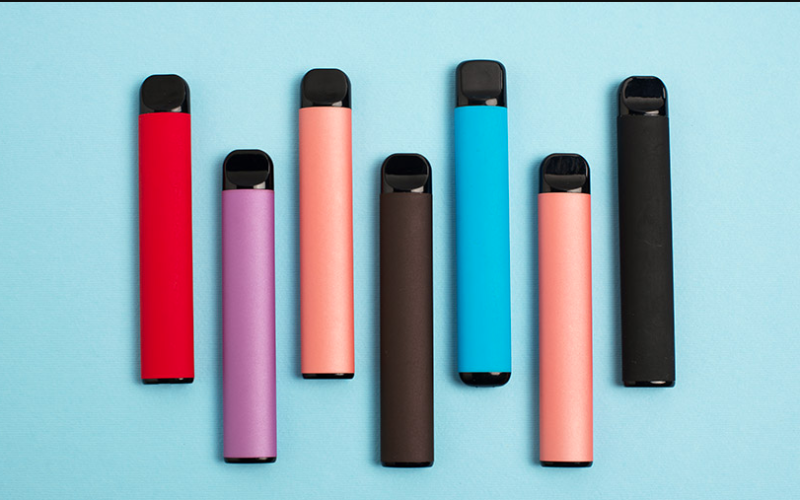The intricate world of vape flavors is a result of various chemical compounds that create the aromatic and taste experiences vapers enjoy. Understanding the chemistry behind these compounds is essential for both enthusiasts and those looking to make informed choices about vaping. Here’s what you need to know about the key flavor compounds in e-liquids:
1. Propylene Glycol (PG) and Vegetable Glycerin (VG)
PG and VG are the base liquids used in e-liquids. While they don’t contribute directly to flavor, they serve as carriers for other compounds and help create the vapor in vaping. PG is known for its thin consistency and its ability to carry and disperse flavor effectively. VG, on the other hand, is thicker and adds density to the vapor.
2. Flavor Concentrates
The core of vape flavor chemistry lies in the use of flavor concentrates. These concentrates are food-grade flavorings that are safe for inhalation. They can be derived from natural sources or created synthetically. These concentrates come in a wide array of flavors, from fruit and dessert to menthol and tobacco.
3. Terpenes
Terpenes are organic compounds found in a variety of plants, including cannabis and fruits. These compounds contribute to the aroma and flavor of different strains of plants. In vaping, terpenes are sometimes used to enhance the natural flavors of certain e-liquids, such as those inspired by cannabis strains.
4. Aldehydes
Aldehydes are a group of organic compounds that are sometimes used to create specific flavors. For example, cinnamaldehyde is responsible for the flavor of cinnamon, while benzaldehyde imparts an almond-like taste.
5. Esters
Esters are compounds responsible for fruity and sweet flavors. For instance, ethyl butyrate creates the taste of pineapple, while ethyl acetate contributes to the flavor of bananas.
6. Linalool and Limonene
Linalool and limonene are terpenes found in various plants. Linalool gives off a floral, lavender-like aroma, while limonene offers a citrusy scent. These compounds can be used in vape lost mary flavors to add complexity and depth.
7. Natural vs. Synthetic Flavorings
Flavor compounds in e-liquids can be natural, synthetic, or a combination of both. Natural flavorings are derived from real fruits, spices, or other natural sources. Synthetic flavorings, on the other hand, are created through chemical processes to mimic natural flavors.
8. Flavor Interaction
Flavor compounds interact with each other in complex ways. Combinations of different compounds can create entirely new and unique flavor profiles. This is why e-liquid manufacturers experiment with various ingredient combinations to produce distinct flavors.
9. Safety Considerations
It’s crucial to ensure that the flavor compounds used in e-liquids are food-grade and safe for inhalation. Reputable e-liquid manufacturers prioritize safety and use flavor compounds that are approved for vaping.
Understanding the chemistry of vape flavor compounds provides insights into the art and science of e-liquid creation. While the specifics of flavor chemistry can be intricate, this knowledge is essential for both consumers and manufacturers to make informed choices and create delightful vaping experiences while prioritizing safety.
